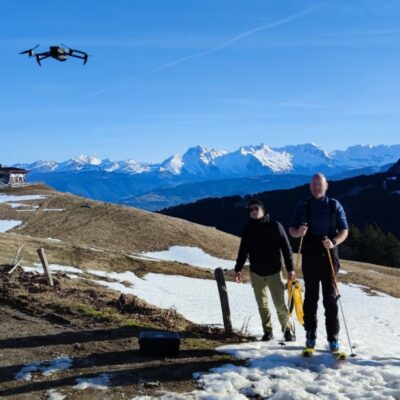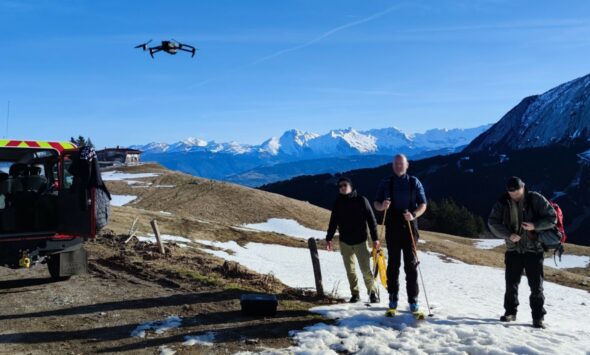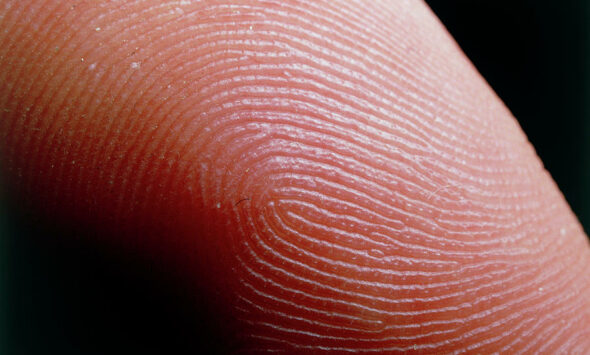In the United States, an otter named Splash has been trained to detect submerged human bodies using its extraordinary sense of smell. This unprecedented forensic initiative opens new perspectives for locating bodies in rivers and streams. In France, where four bodies were recently discovered in the Seine River, such a protocol could inspire the river brigades of the National Police and the National Gendarmerie, thereby enhancing the efficiency of judicial investigations.
Animals in the service of forensic science
For decades, animals have played a major role in criminal investigations and forensic science (see odorology and scent identification). Cadaver detection dogs are now indispensable assets in forensic investigations: they detect the volatile compounds associated with human decomposition and assist in locating buried or concealed bodies. However, in aquatic environments, these methods face significant limitations—reduced visibility, strong currents, and variable depths. It was under these conditions that an innovative idea emerged in Florida: assigning this mission to an animal perfectly adapted to aquatic environments. The otter—agile, fast, and gifted with an exceptional sense of smell—proved to be the ideal candidate. The Peace River K9 Search & Rescue association thus launched a pioneering program by training Splash, an Asian small-clawed otter who has become the world’s first “investigative otter.”
A unique training protocol: air bubbles simulating human decomposition
Splash’s training follows a precise and rigorous protocol. In the trainer’s backyard, pools were installed to create a controlled environment. The water is infused with air bubbles containing volatile organic compounds similar to those released by a decomposing human body.
The otter’s mission is clear: to detect these air bubbles invisible to the human eye. When it recognizes the scent, it immediately alerts its trainer by tugging on the mask he is wearing. This signal—simple yet effective—confirms the presence of a “target.” The concept relies on a remarkable and still little-studied ability: the otter can literally “taste” the air bubbles underwater, chemically detecting specific markers within them. Where divers and dogs reach their limits, the otter excels thanks to its natural ability to navigate complex and opaque aquatic environments.
The otter in the service of criminal investigations
American forensic authorities are closely monitoring this project. The FBI and the Florida Department of Law Enforcement have already expressed interest in this method, which could accelerate searches during criminal investigations or natural disasters. The potential applications are numerous:
- Locating victims of drownings, homicides, or flash floods in lakes, ponds, rivers, or streams.
- Quickly identifying submerged bodies in areas with low visibility.
- Complementing existing search resources (divers, sonar, detection dogs).
For investigators and magistrates, this time saving is crucial: the discovery of a submerged body can provide essential forensic evidence (signs of violence, medico-legal analyses) before further decomposition occurs, allowing the judicial investigation to progress more rapidly.
Could France take inspiration from Splash?
En France, la découverte de quatre corps dans la Seine In France, the discovery of four bodies in the Seine River on August 13, 2025, in Choisy-le-Roi (Val-de-Marne), served as a reminder of how complex the search for submerged bodies remains. The river brigades of the National Gendarmerie and the National Police already deploy divers, sonar equipment, and cadaver detection dogs to locate victims. Yet, despite these resources, some cases remain unsolved due to the absence of recovered bodies. The use of animals such as otters could provide a valuable complementary tool. Their acute sense of smell, agility, and ability to operate underwater could increase the likelihood of discoveries—particularly in rivers like the Seine, where visibility is almost zero and currents can carry bodies far from their original immersion point. Such a system could also prove useful in other environments: dams, canals, or large ponds. In homicide or missing person cases, any technology or protocol capable of accelerating the location of a body represents a major asset for judicial investigations.
Limitations and ethical considerations
While the method has generated interest, it also raises several important questions. Training otters requires time, specialized expertise, and impeccable ethics concerning animal welfare. Integrating such animals into official search systems would necessitate strict protocols, scientific validation, and an appropriate legal framework. However, as with cadaver detection dogs, the potential benefits are such that a gradual adoption of this approach does not seem unrealistic. Investigators dealing with sensitive cases—such as homicides or disappearances—know how decisive each additional tool can be.
Conclusion
The story of Splash illustrates a new synergy between nature and forensic science. Where technology and divers reach their limits, animals endowed with extraordinary senses remind us that forensic investigation can also draw upon the living world. While the idea of integrating otters into river brigade operations may seem unconventional, it nonetheless represents a credible prospect: enhancing the efficiency of investigations and improving the chances of swiftly locating submerged bodies.
Références :
- IFLScience – Meet Splash, the world’s first search-and-rescue otter hunting for missing people in Florida, consultable ici.
- Popular Science – This otter is training to be a search and rescue diver, consultable ici.
- Interesting Engineering – US otter trained for underwater search and rescue, consultable ici.
Tous droits réservés - © 2025 Forenseek

















